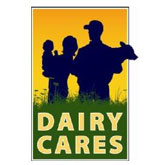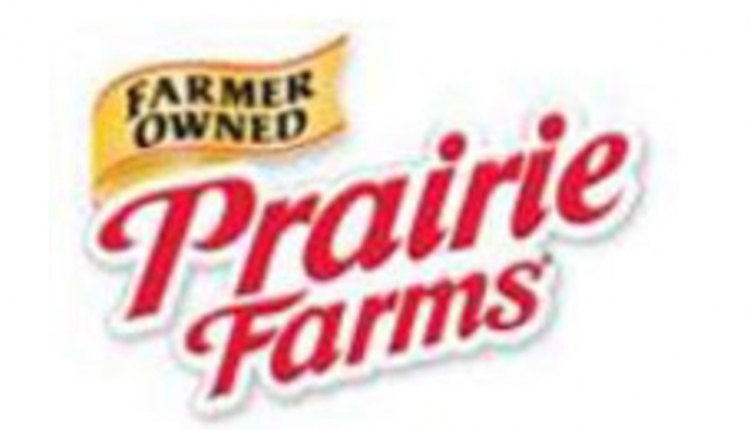
Our last newsletter, Pioneering change through global leadership, was an update on California’s efforts to reduce dairy’s carbon “hoofprint” and fight climate change. Since then, Governor Brown and the state legislature approved another $99 million to support dairy methane reduction projects through improved manure management. Combined with the $50 million currently being administered and the $11 million in funds already expended, California’s direct investment in helping to reduce dairy methane emissions will soon total $160 million. Governor Brown is putting the state’s money where his climate change policy is—at the forefront of global methane reduction efforts. With all this momentum, we’ve decided to take a step back and “digest” how we got here and why it matters.
What percent of California’s greenhouse gas (GHG) emissions come from dairy farms?
Methane is a Short-Lived Climate Pollutant (SLCP), a sub-set of GHG emissions. According to The California Air Resource Board (CARB), dairy farms produce just 4% of California’s total GHG emissions, but a significant share of the state’s methane emissions.
Where does the methane come from: enteric emissions (burps and flatulence) or manure?
According to CARB’s most-recent inventory, a little more than half of the state’s total dairy methane emissions come from the management and use of dairy manure on farms, and the rest come from enteric emissions.
Why is California focusing on manure management right now?
Extensive research on reducing enteric emissions continues to be conducted in California and across the globe. California dairy farm families and state leaders have focused immediate efforts on reducing methane from manure management because this area can be addressed now, with the current research available. Clearly, this strategy still comes with a large price tag, and there is still great need to further develop research on methane reduction from manure management. Dairy families are providing critical support to ongoing research of both enteric and manure emissions. In order to achieve the state’s ambitious methane reduction goals, finding a solution to enteric emissions will be critical in the longer term.
What is California currently doing to reduce methane emissions?
Governor Brown recently provided an additional $99 million in funds to support the development of methane digesters and other alternative dairy manure management projects. See the August 2017 e-newsletter for more details about these technologies and their potential to 1) capture methane to be used as renewable energy or carbon-negative, clean-burning transportation fuel; or 2) to prevent methane emissions from being produced. The Dairy Digester Research and Development Program recently received 36 applications for dairy digester projects, which (if all were funded) could reduce methane emissions by more than 8.5 million metric tons over the first ten years of operation. The annual amount of GHGs reduced by these projects is equivalent to 4.5 million passenger vehicles being driven for one year. Meanwhile, the Alternative Manure Management Program (a new program created to support non-digester technologies that reduce livestock methane) is accepting its first round of grant applications now through October 16. Additionally, the California Public Utilities Commission will direct the implementation of at least five dairy biomethane pilot projects, which will involve the development of multiple dairy manure digesters to create biomethane, to be injected into natural gas pipelines. There is strong momentum to support all of these efforts through ongoing funding, research, and collaboration.
Why is this investment important?
Governor Brown has made fighting climate change a priority for California, while recognizing that our dairy farm families cannot tackle this goal alone. This partnership with the state positions California’s dairy farm families well ahead of other dairy states and as global leaders in fighting climate change.
These efforts are just one of many ways in which California dairy farm families are leading the world in environmental protection and sustainable dairy farming practices.
Resources:
• Download the map of Dairy Manure Digester Development in California.
• Check out the list of Dairy Digester Research and Development Program applications.
• Get the latest updates about the Alternative Manure Management Program
Dairy Cares is a statewide coalition supporting economic and environmental sustainability and responsible animal care.
Our members include Bar 20 Dairy Farms, California Cattlemen’s Association, California Dairies Inc., California Dairy Campaign, California Dairy Research Foundation, California Farm Bureau Federation, Dairy Farmers of America-Western Area Council, Dairy Institute of California, F & R Ag Services, GHD, Inc., Hilmar Cheese Co., Joseph Gallo Farms, Land O’Lakes, Merck Animal Health, Milk Producers Council, Ruan Transport Corp., Western United Dairymen, Yosemite Farm Credit and others. For information, visit DairyCares.com or call 916-441-3318. To subscribe to the monthly e-newsletter, contact dairycares@gmail.com.





